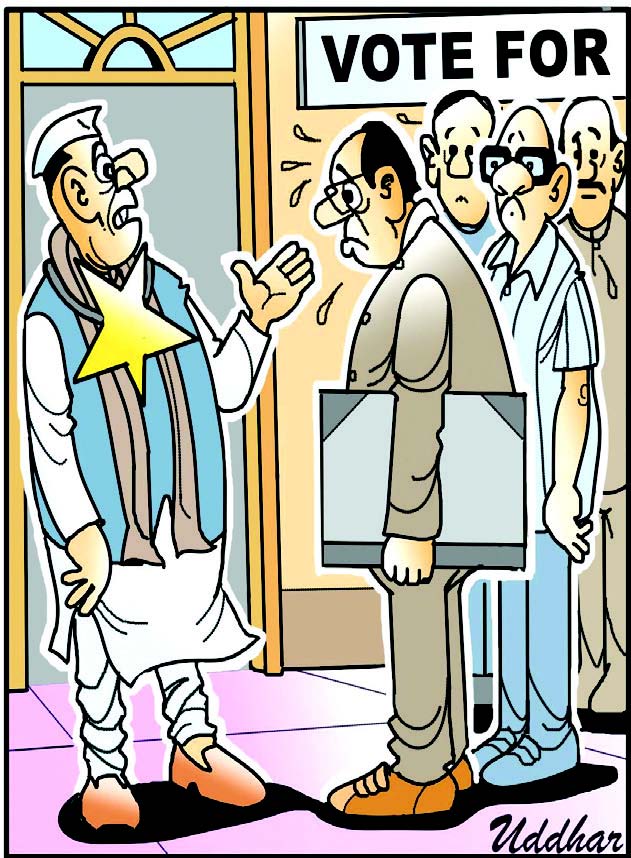Villages in Goa are complaining of no water, and even sections in Panjim, especially those in elevated areas went without water for a few days earlier this month. There was also a pipeline that burst and South Goa too had its issues with water. Yet, there are two good reasons why Goa should not have had any water shortages this year. The first is that it was a plentiful monsoon and the second that Goa became the first State in the country to have tap water in every household.
The current summer follows a monsoon during which Goa received the highest rainfall in a century, where the excess rainfall was 41 per cent above the normal. There should not have been water shortage problems resulting after such a heavy monsoon had the rainwater been efficiently harvested. Obviously it was not. So where did the water go? Obviously it was all drained into the sea and the government’s rainwater harvesting efforts have come a cropper. In 2015, the Water Resources Minister had said that the government was planning to amend the law to make rainwater harvesting mandatory for all new constructions. There was a meeting of all departments to be held to draw up the plan on rainwater harvesting and its conservation in rural and urban areas.
The State has a rainwater harvesting scheme launched by the Water Resources Department in October 2008 to promote rooftop rainwater collection into underground or over ground storage tanks. It was even made mandatory for residential complexes with an area of 2,000 square metres or more, commercial complexes with area of 1,500 square metres or above and industrial units on area of 10,000 square metres and above. Those who availed of the scheme were to receive a subsidy of up to Rs 2.5 lakh, but the response to it was poor. In effect it was a failure and there is need to restructure the scheme or make it mandatory for all new constructions to follow.
It doesn’t end there. In October last year Goa became the first State in the country to claim 100 per cent coverage of water taps in every household under the ‘har ghar jal’ campaign of the Central government. But obviously this hasn’t really occurred on the ground. While the government had been patting itself on the back on this achievement, Herald teams had travelled the length and breadth of the State to check the ground reality. The teams found that there were still households without water connections, and it was not just in the interior regions but even areas not so far from the urban milieu, where people were standing in queues at public water taps for their share of potable water.
What therefore, can be the explanation for the water shortage in the State despite the heavy rainfall and the fact that officially every household has a water connection? To further define the situation, it is a shortage of potable water and not water, for there is lots of the latter. It is therefore the proper or rather improper management of the available water that is the cause of the shortage. Water availability is there, the demand is increasing the supply is less. These are three factors that need to be ably managed or juggled to ensure that there is no water supply problem in the State. So can the water Resources Department and the Public Works Department get together and put in place a system that can ensure that there is no shortage of potable water supply?
